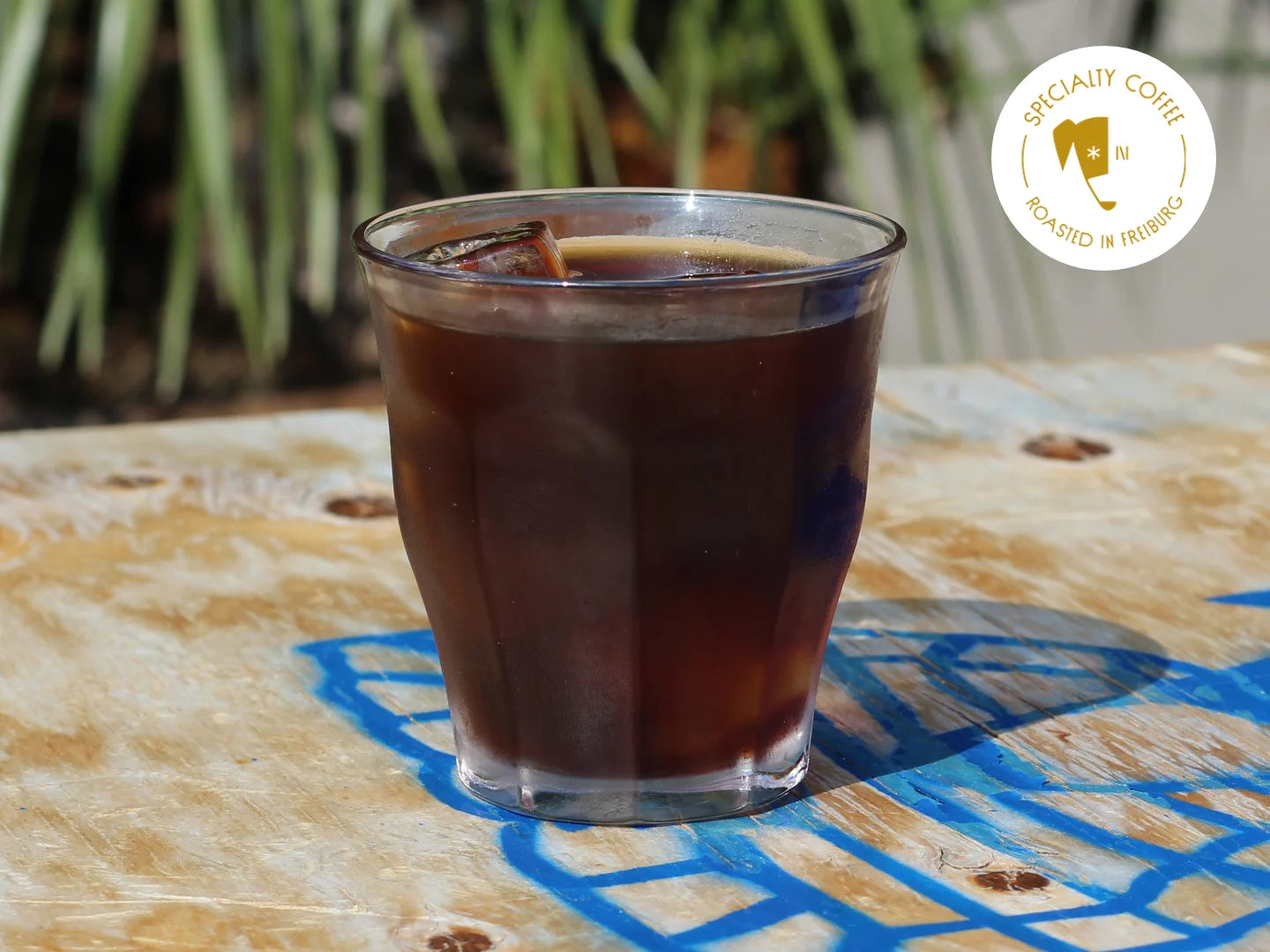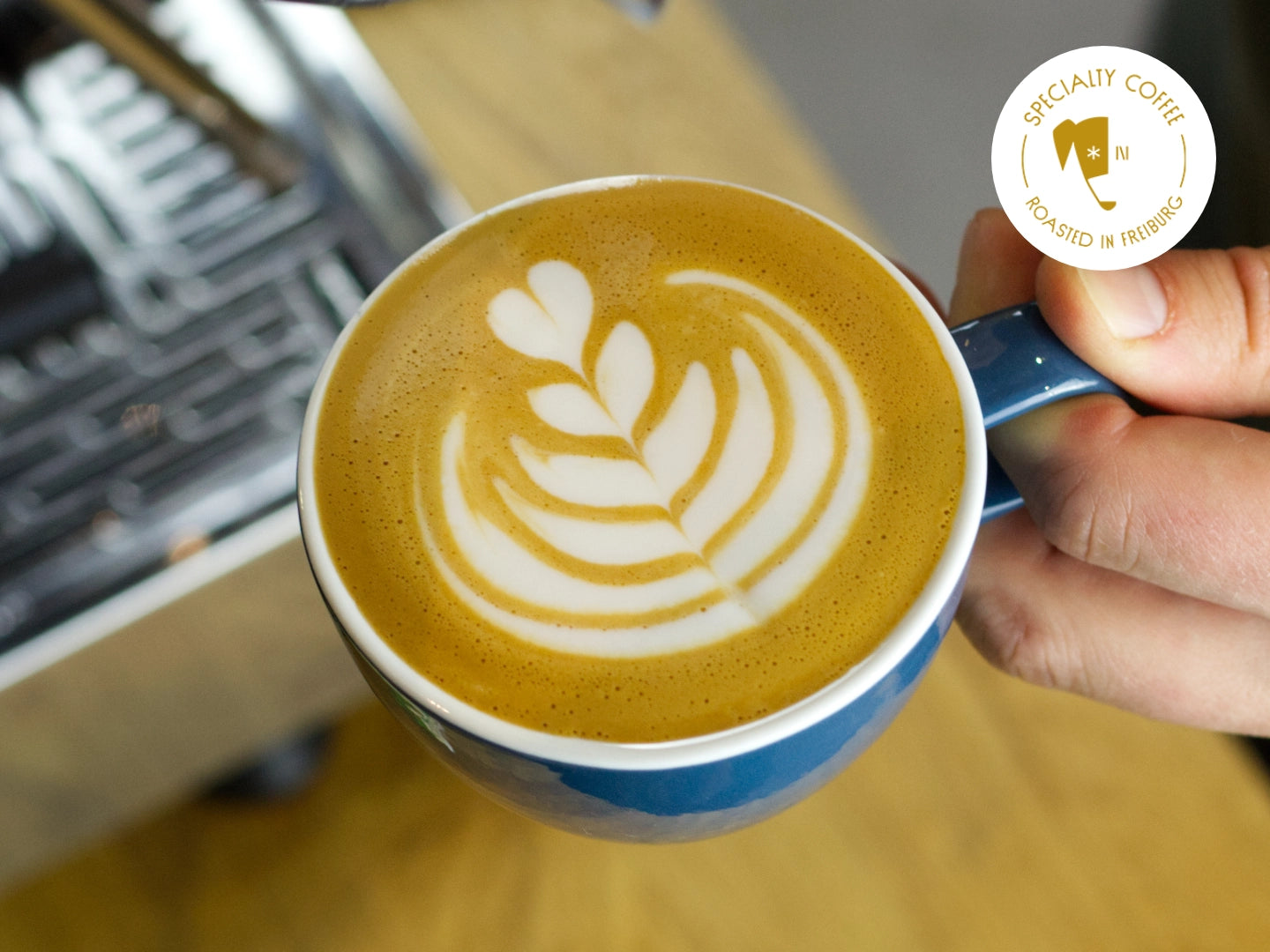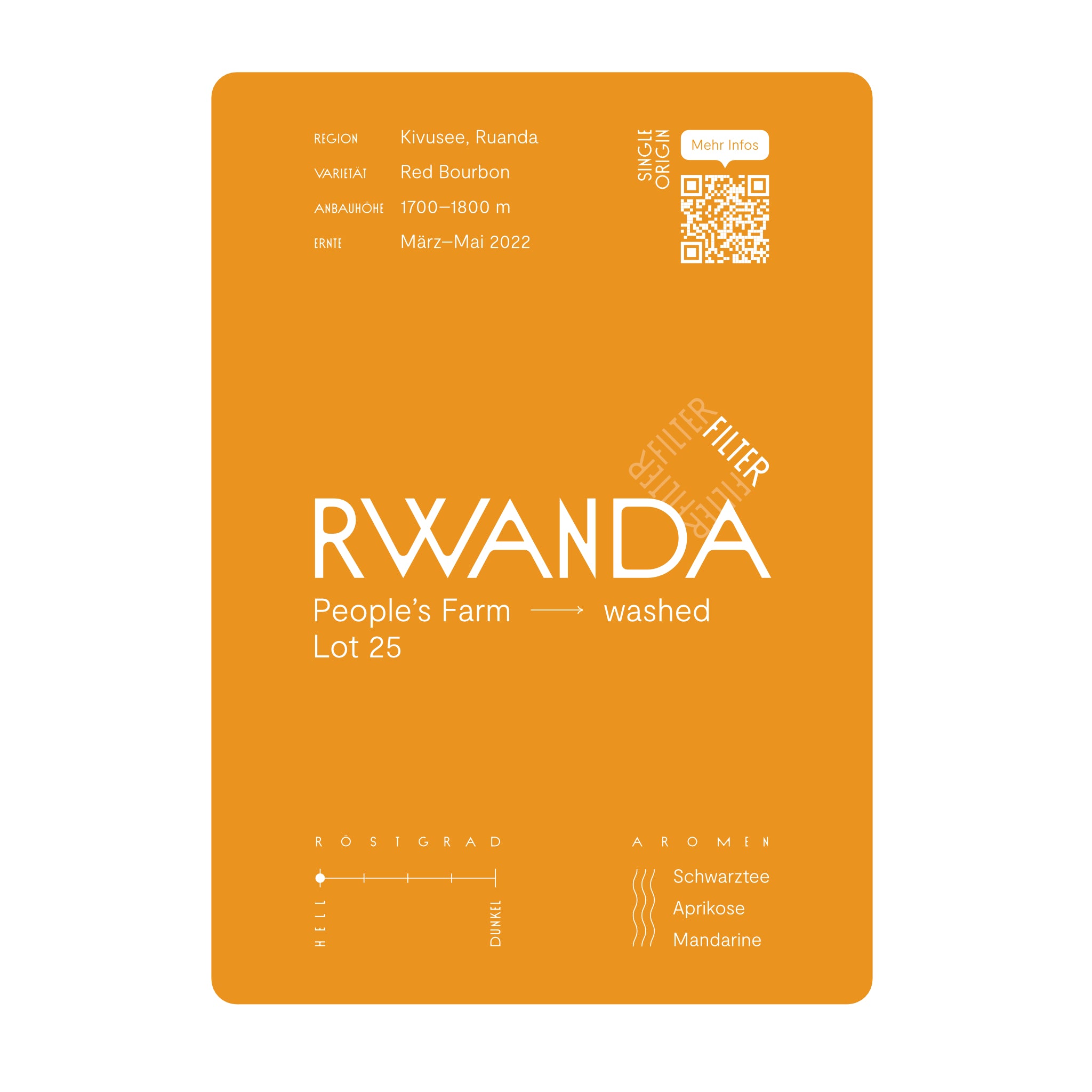Frequently asked questions
Ordering and shipping
Yes. For everyone who doesn't want to regularly buy new coffee themselves, we offer a
practical, automatic coffee subscription. You can choose between three
delivery intervals: biweekly, monthly or every other month.
Simply select your favorite coffees and the corresponding delivery option. All subscribers receive a 10% discount from their first order. The shipping costs are the same as for individual orders.
To add multiple coffees to the subscription, simply place them together in the shopping cart for your subscription order and make sure that you choose the same delivery interval.
You can change, pause or cancel your subscription at any time. Since some of our coffees are only available for a limited time, they cannot be subscribed to. This is especially true for some of our filter coffees.
You can find instructions for taking out your coffee subscription here.
Yes, we ship throughout the EU. There are currently problems with shipping to Austria. We work on a solution.
The shipping costs in Germany are currently €4.95. We ship free of charge within Germany for orders over €75.
The shipping costs for international shipping are a flat rate of €15 per order up to 2 kg.
You can find all further information in our shipping conditions .
We ship every Tuesday and Friday. Your order should reach you within 3 to 5 working days .
Have you been waiting for your order for a long time? Then it's best to write us a message.
General
Contact us via our contact page . We will be happy to help you with your concerns.

Get a 5% discount 📯
Sign up for the newsletter and save 5% on your next coffee order. You will also find out directly about new coffees, exciting blog articles and specials.
Tips and Tricks for Good Coffee

Instructions for Americano: The Extended Espresso

Cold Brew Instructions

Instructions for Cafe Latte
Buyer's Guide Coffee Beans for Filter
Find Your New Favorite Coffee Bean
If you are unsure which coffee bean is right for you, we have published a detailed coffee bean guide on our blog to help you choose.
Coffee Bean GuideWhat the Roasting Level Means
With the roasting level we indicate how light or dark the respective coffee beans are roasted. We use a 5-point scale from light to dark. The lighter the degree of roasting, the more of the bean's natural flavors are retained and develop in your cup. You can taste the fruity origin of the coffee.
This opens up a whole new world of taste, from tangy-fruity to floral and tea-like to chocolatey-nutty. The rule here is very clear: who dares, wins!
Buy Single Origin Filter Coffee
With our single-origin filter coffee roasts, we precisely tease out the variety of flavors of the most diverse Arabica varieties from the bean. Each variety has its own characteristics that need to be discovered. The growing region and its microclimate each provide additional nuances in the taste.
We have made it our mission to highlight and demonstrate this variety of flavors through our roasts. That's why we consciously avoid the majority of the very dominant, classic roasting aromas that only arise after very long or hot roasting. The result is coffees that taste very different and therefore always surprise.






























